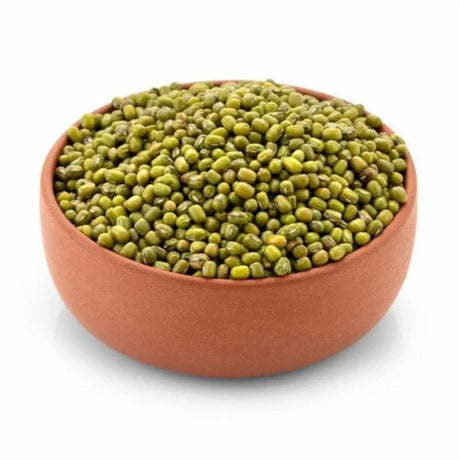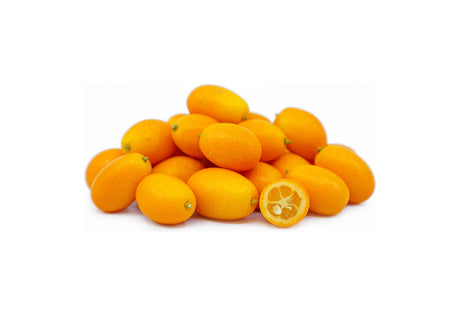
Cardamom Secrets: Aroma, Heritage, and Healing
By Palmyra Market
This feature blog takes readers on a sensory and historical journey through the world of cardamom, one of the most prized spices in human history. From its ancient origins on...

By Palmyra Market
This feature blog takes readers on a sensory and historical journey through the world of cardamom, one of the most prized spices in human history. From its ancient origins on...

By Palmyra Market
Green Gram Benefits & Nutrition Guide For Families In UAE, Ultimate Guide to This Plant. Introduction What is Green Gram? Green gram, or mung bean, is a small green legume...
Read more
By Palmyra Market
Discover the power-packed benefits of Nagami kumquats, the small citrus fruits with big health advantages! This article explores their skin-enhancing properties, immune-boosting nutrients, and digestive support, making them a must-have...
Read more
By Palmyra Market
The Ultimate Guide to BBQ in the UAE: Best Flavors, Equipment & Recipes Table of Contents Introduction Why BBQ is Popular in the UAE Best BBQ Equipment & Essentials (Available...
Read more
By Palmyra Market
Dubai is a culinary melting pot where food lovers can enjoy some of the best meat dishes in the world. Whether you're craving sizzling steak, smoky BBQ, or flavorful Moroccan...
Read more
By Palmyra Market
Table of Contents Section Subtopics Covered Introduction What is Miracle Fruit? Miracle Fruit Benefits Health benefits, Taste alteration, Uses Miracle Fruit in English Common English name, Origin Why is Miracle...
Read more
By Palmyra Market
This article explores 10 safe and delicious Ramadan desserts that are diabetic-friendly, allowing individuals with pre-diabetes or diabetes to enjoy the holy month without blood sugar spikes. It highlights the...
Read more
By Palmyra Market
Table of Contents Introduction Understanding the Nutritional Needs During Ramadan The Importance of Balanced Meals Best Foods to Eat for Suhoor High-Fiber Foods Protein-Rich Options Hydrating Foods What to Avoid...
Read more
By Palmyra Market
Introduction Overview of Callebaut Chocolate Why it’s considered premium for home bakers The Rich History of Callebaut Chocolate The origins of Callebaut Legacy in the chocolate industry Commitment to...
Read more
By Palmyra Market
Miracle Berries, also known as Miracle Fruit or Synsepalum dulcificum, are unique red berries with an extraordinary ability to alter taste perception. Native to West Africa, these berries contain a...
Read more
By Palmyra Market
Shine Muscat Grapes: A Quick Overview Shine Muscat grapes are a premium seedless variety known for their unique sweet flavor, crisp texture, and glossy green appearance. Originating from Japan, they...
Read more
By Palmyra Market
Understanding High Blood Pressure Types of High Blood Pressure Primary (Essential) Hypertension Secondary Hypertension Causes and Risk Factors Genetic predisposition, age, obesity, lifestyle Common Symptoms Often asymptomatic, but may include...
Read more
By Palmyra Market
Outline of the Article: Introduction Overview of Cold and Flu Importance of Flu Treatment at Home Understanding the Cold and Flu Difference Between Cold and Flu Common Symptoms Why Opt...
Read more